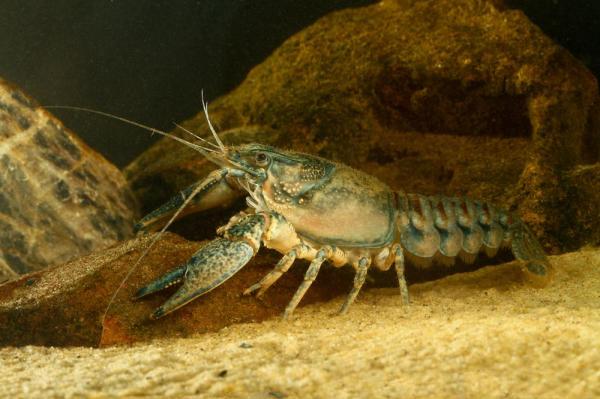
AVONDALE, Pa., April 21 (UPI) — A pair of researchers were trying to measure the effects of crayfish in small stream ecosystems. During their experiments, they happened upon a surprising result — one that suggests the presence of crayfish is beneficial to a stream’s health.
Scientists created a series of mesh enclosures in Valley Creek, a tributary of the Schuylkill River outside Philadelphia that has been degraded by urbanization. In some enclosures, the researchers deposited crayfish. Others were left crayfish-free.
At the end of the experiment, researchers found more macroinvertebrates like caddisflies — a mainstay of the crayfish’s diet — in the enclosures with crayfish. The presence of insects like caddisflies are usually interpreted as a sign of fresh water’s improving environmental health.
“We were surprised,” Lindsey Albertson, a postdoctoral researcher and ecology professor from Montana State University, said in a news release. “We thought the crayfish would eat the macroinvertebrates and reduce their populations, but we found the opposite.”
Researchers believe the uptick in macroinvertebrates was made possible by a reduction in sediment load. Because the crayfish actively dig and move about on the stream bed, they churn up sediments and keep them flowing downstream instead of accumulating.
Construction and urban development increase sediment loads on many streams, depressing macroinvertebrate numbers.
“Macroinvertebrate density was higher in the crayfish enclosures,” Albertson confirmed. “So even if the crayfish were eating some of the macroinvertebrates, we think that all of the fine sediment that had been suspended and washed away created a more macroinvertebrate-friendly habitat.”
Albertson and her researcher partner Melinda Daniels, the Stroud Water Research Center’s lead fluvial geomorphologist, published their findings this week in the journal Freshwater Science.






